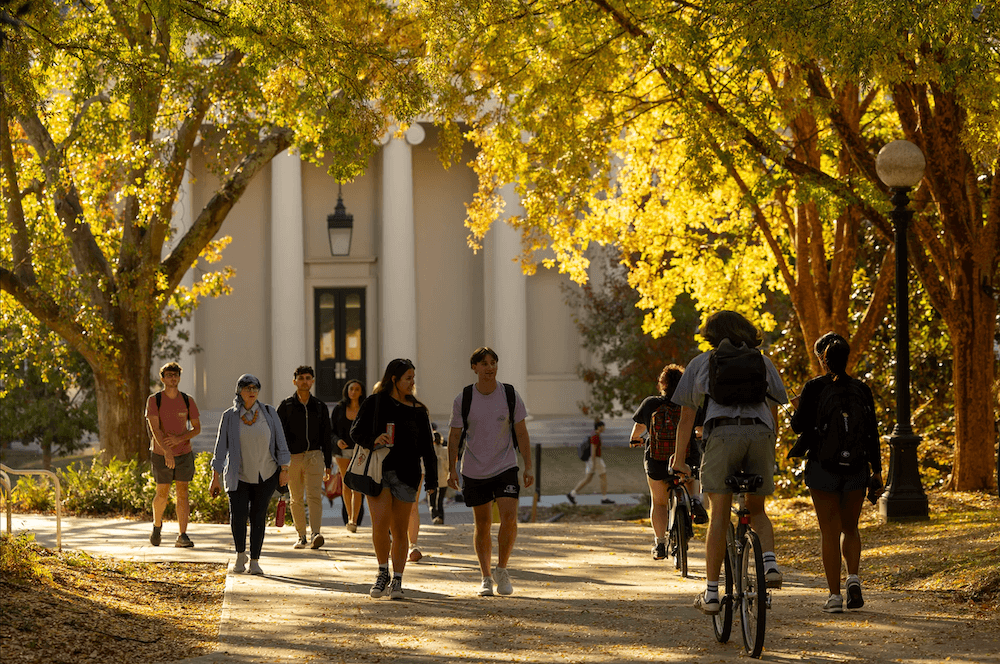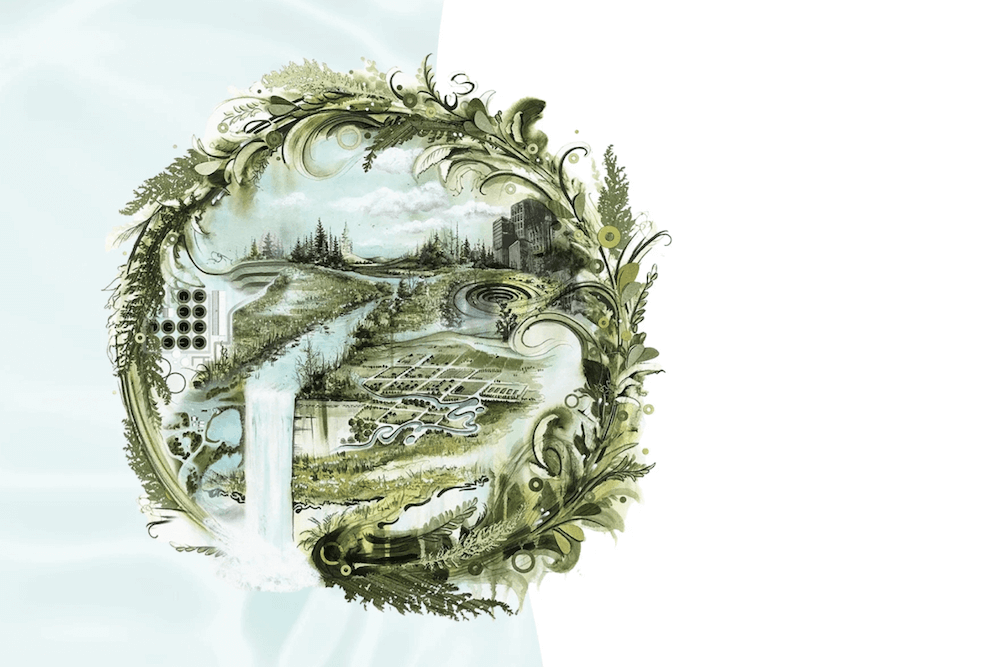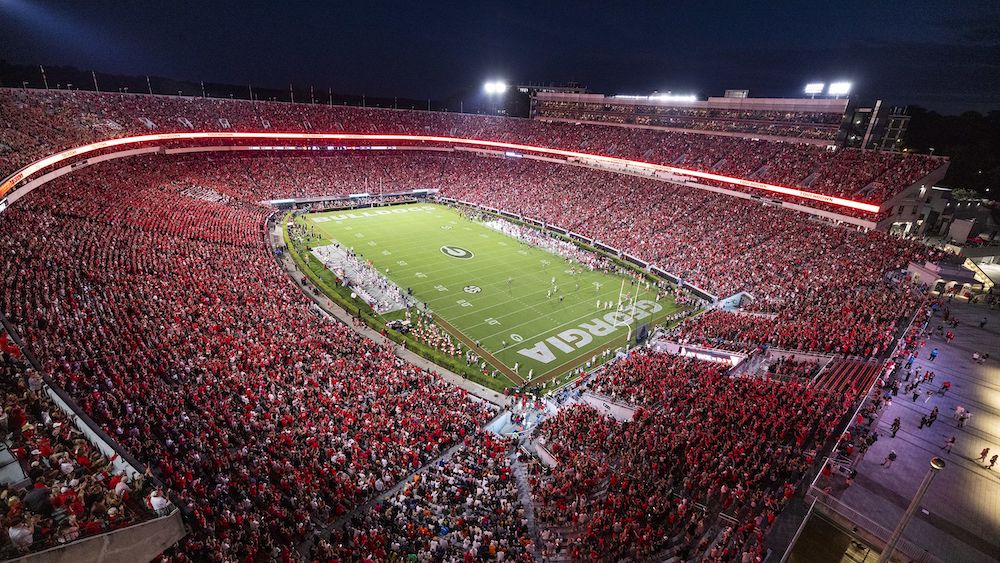By Jim Midcap
University of Georgia
Fall is here, and random dogwoods and maples are hinting of the
fall leaf season. But while you’re making plans to admire the
colorful foliage, plan to plant your own fall color.
If you’ve lost trees to the recent storms, you have room for new
ones. And fall is the best time to plant trees. Our nurseries and
garden centers are stocked up with a range of trees.
If you can spare the space, here are some that offer outstanding
fall color. Some are readily available. Others will be harder to
find.
Chinese pistache is a handsome,
tough tree with an oval, rounded
shape. Its leaves are pest-free, lustrous dark green with small
leaflets. The foliage changes in fall to a rich orange-red. The
bark is gray, with exfoliating flakes.
These plants withstand drought and infertile soils. Chinese
pistache makes a fine choice for a medium shade tree, reaching 30
to 40 feet tall. It’s hardy throughout the state.
Red maple is a swamp native
reaching 40 to 60 feet tall. Young
trees are pyramidal, becoming rounded to irregular at maturity.
The reddish flowers of spring are followed by bright red fruit.
The smooth gray bark is very attractive.
Fall leaves develop into glorious yellows and reds. Named
selections are widely available. “October Glory” and “Autumn
Blaze” offer reliable color.
Persian parrotia is a rather rare,
small tree. The clean summer
foliage changes to a kaleidoscope of purple, orange and yellow in
the fall. The bark exfoliates, revealing dark and light patches
of color on the twisting, multiple trunks.
The small, maroon flowers appear in late winter. Mature trees are
often wider than they are tall. The foliage is insect- and
disease-free. Plants do better in the upper half of Georgia on
well-drained soils.
The elegant katsura tree is
pyramidal in youth and becomes an
upright, oval form with age. The leaves mature to blue-green and
turn a rich yellow to apricot in fall. The falling leaves give
off a spicy fragrance. The brown, shaggy bark provides year-round
interest.
It has no serious insect or disease problems. However, it has to
be watered during droughts to prevent early leaf drop. This a
great tree if you have enough space. It grows 40 to 60 feet tall
and is hardy statewide.
American yellowwood is an uncommon
native tree that’s not widely
sold. Trees are low-branching with broad, rounded crowns. The
white spring flowers produce a spectacular show but may bloom
only in alternate years.
The butter-yellow fall color is great. The larger branches and
trunk are smooth and gray. Yellowwood makes an excellent medium
specimen tree at 30 to 50 feet tall. The trees are hardy
throughout the state.
Sourwood is one of our best native
trees for fall color. It’s
delicately pyramidal, with drooping branches. Young leaves mature
to a lustrous, dark green and turn red to maroon in the fall.
The white flowers come in 4- to 10-inch panicles in June and
July. Sourwood is a great choice for naturalizing native sites in
sun or partial shade. The trees reach 25 to 35 feet and do best
in northern Georgia.
Ginkgo is old. Its unique,
fan-shaped leaves are embedded in the
fossil record. It’s very slow to become established. Young plants
are gaunt and open but become full and dense with age.
It becomes a beautiful, mature specimen when the bright green
leaves turn a brilliant, clear yellow in the fall. The leaves
will suddenly cascade to the ground in a single day.
But buy male trees if you can. Female trees produce fruits that
develop a rancid odor as they mature.
Fall is the perfect time to plant young trees, even as you enjoy
the spectacular fall color. New plantings develop strong roots in
the cooler, moist fall soils. Be sure to select trees adapted to
your site to ensure the success of your planting project.
(Jim Midcap is an Extension Service horticulturist with the
University of Georgia College of Agricultural and Environmental
Sciences.)



